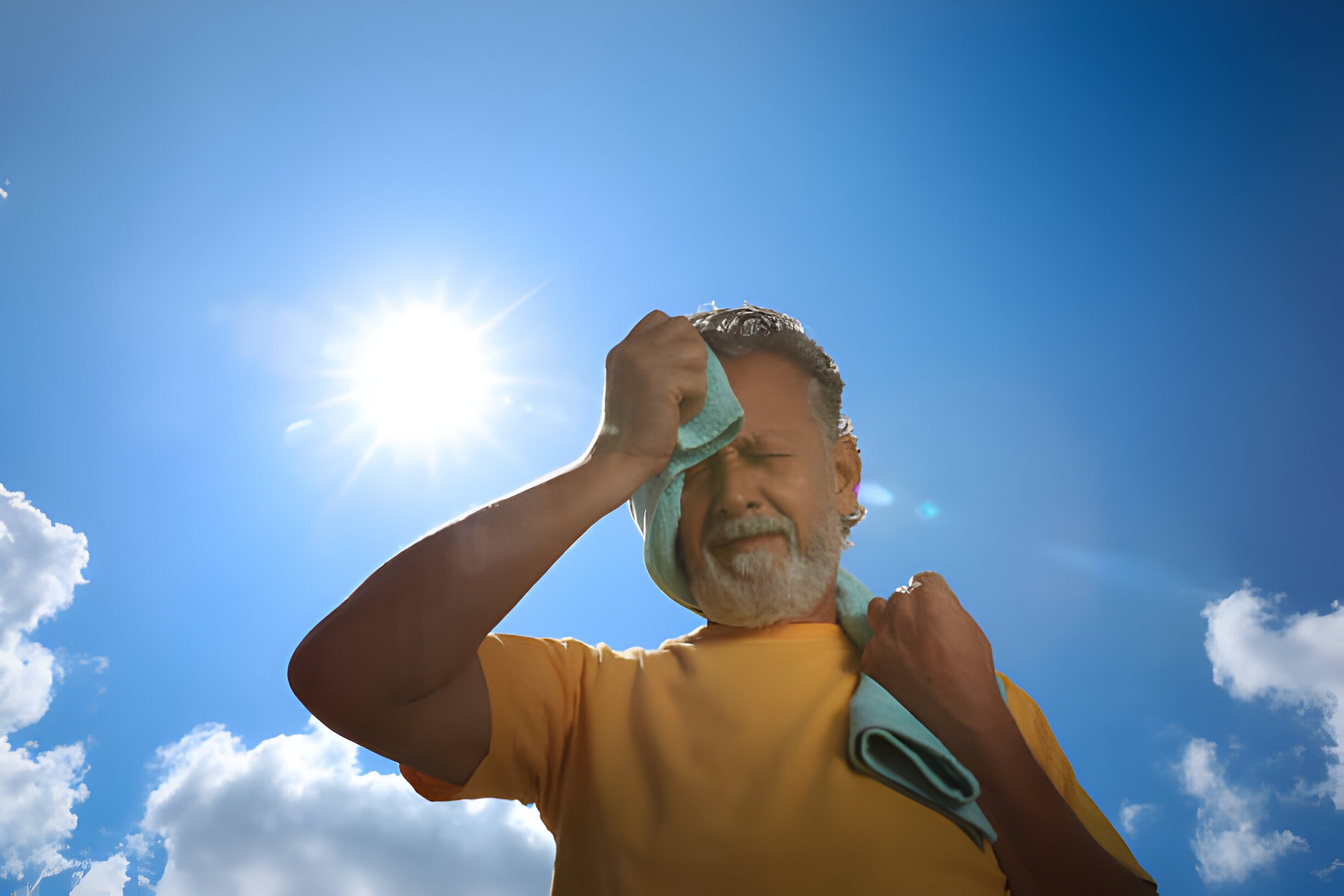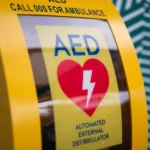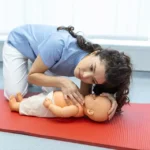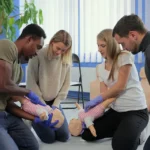Identify Differences: Heat and Dehydration; signs and advice

Heat stroke, heat exhaustion, and dehydration commonly occur in those who spend time in the heat and do not drink fluids. It is crucial to know that these are very different in symptoms and treatment. Additionally, it is critical to know the differences to ensure proper and timely management of victims. While heat and stroke exhaustion are heat-related, dehydration is one common symptom that can occur in combination with vomiting, fever, and diarrhea from heat exhaustion.
What is dehydration?
Dehydration occurs when the body does not have as much fluid as is required. Thus, the body cannot function well. The common causes include heat exhaustion, diarrhea, and sweating. Individuals suffering from the condition may experience moderate, mild, or severe hydration. If you are an adult, the severity of the dehydration depends on the amount of fluid that your body is missing. Dehydration in children is based on the body weight lost due to a lack of fluids.
Here are the types of dehydration:
Dehydration takes place when your body does not have as much fluid as is required. In children, dehydration is based on the amount of body weight lost due to a lack of fluids.
- Mild dehydration: This leads to symptoms such as less peeing, thirst, and sweating. Children often experience mild dehydration and lose a certain amount of body weight due to fluid loss. Additionally, you can treat mild dehydration at home by drinking electrolyte drinks and other solutions that can help with hydration.
- Moderate dehydration: The symptoms are quite similar to those of moderate dehydration. However, the symptoms are more intense. In children, it loses about 6%–10% of the body weight.
- Severe dehydration: Symptoms include dizziness, rapid breathing, and a racing heart. As a result, children may lose 10% of their body weight. This dehydration needs immediate medical attention.
Differences in symptoms
| Dehydration |
Heat exhaustion |
Heat stroke |
| Thirst |
Nausea or vomiting |
Nausea |
| Dry mouth and mucous membranes |
Headache |
Headache |
| Light-headedness |
Weakness |
Disorientation, agitation, or hallucinations. |
| Fatigue |
Muscle cramps |
Fatigue |
| Dizziness |
Dizziness |
Dizziness |
| Confusion |
Loss of consciousness |
Loss of consciousness or seizures |
| Decreased urination |
Heavy sweating |
High body temperature |
| Dry skin |
Cold, pale, and clammy skin |
Hot, red, dry, or damp |
| Increased pulse and breathing |
Fast, weak pulse |
Fast, strong pulse |
Read More: Decoding the purpose of the PALS certification course
How do you manage these symptoms?
Here are ways to manage these symptoms of dehydration from heat exhaustion and stroke:
| Dehydration |
Heat exhaustion |
Heat stroke |
| Rehydrate by drinking fluids or electrolyte drinks. |
Move the victim to a cooler place. |
Move the victim to a cooler place. |
| For more severe cases, you may need IV fluids. |
Sip water |
Do not allow the victim to drink anything. |
|
Lower the temperature of the victim. |
Lower the temperature of the victim. |
|
|
Call 911 instantly. |
Reducing the temperature of the victim is easy. You can lower this by having them lie in a shaded area. Elevate their feet and apply cool water to the skin. Fan them and apply ice packs to the armpits. Use every resource possible to cool down.
How do you prevent heat exhaustion?
Preventing heat exhaustion, vomiting, exhaustion, and dehydration is possible by taking good care of yourself and your loved ones. Here are easy steps to follow:
- Drink fluids to keep yourself hydrated. You need more fluids to stay hydrated when it is hot.
- Do not step out or get involved in any physical activity during the day. Instead, schedule them during cooler periods of the day.
- Protect yourself using a hat, sunglasses, and an umbrella.
- Use sunscreen.
- Do not leave children or pets in hot cars, even for a minute.
- Drink water before each meal.
- Add a slice of lime or lemon to your water.
- Add more water-rich foods such as fruits, vegetables, fruits, and soups.
- Take a water bottle wherever you go.
Read More: Importance of PALS Certification: An Introduction to Online Learning
Conclusion
Dehydration can make you feel tired. When it lasts for a long time, it can lead to serious health problems. You can avoid this by regularly drinking water and keeping yourself hydrated. Treat mild dehydration and exhaustion and replace lost fluids with the help of rehydration solutions. Watch out for the symptoms mentioned above and seek a doctor for moderate or severe dehydration.
FAQs
What are the five symptoms of dehydration?
The five common symptoms of dehydration include dry skin and lips, tiredness, dark peeing, and not peeing as often.
How do you tell if you are dehydrated?
If you feel thirsty, tired, or pee less and show signs such as dizziness, muscle cramps, and headaches, then you can assume that you are dehydrated.
How do you cure dehydration quickly?
The fastest way to cure mild dehydration is by drinking water or oral rehydration solutions as and when you notice signs of dehydration. Contact a doctor if symptoms worsen.
What are the effects of dehydration?
Mild dehydration does not have lasting effects. Serious dehydration can cause changes in your mental function, low blood pressure, etc.
PALS CERTIFICATION
Author
PALS Certification is a trusted provider of online life support training, offering PALS, BLS, and ACLS certification and renewal courses. Our flexible training programs follow industry guidelines, offer self-paced learning and instant certification, ensuring providers stay compliant, advance their credentials, and deliver high-quality patient care.






